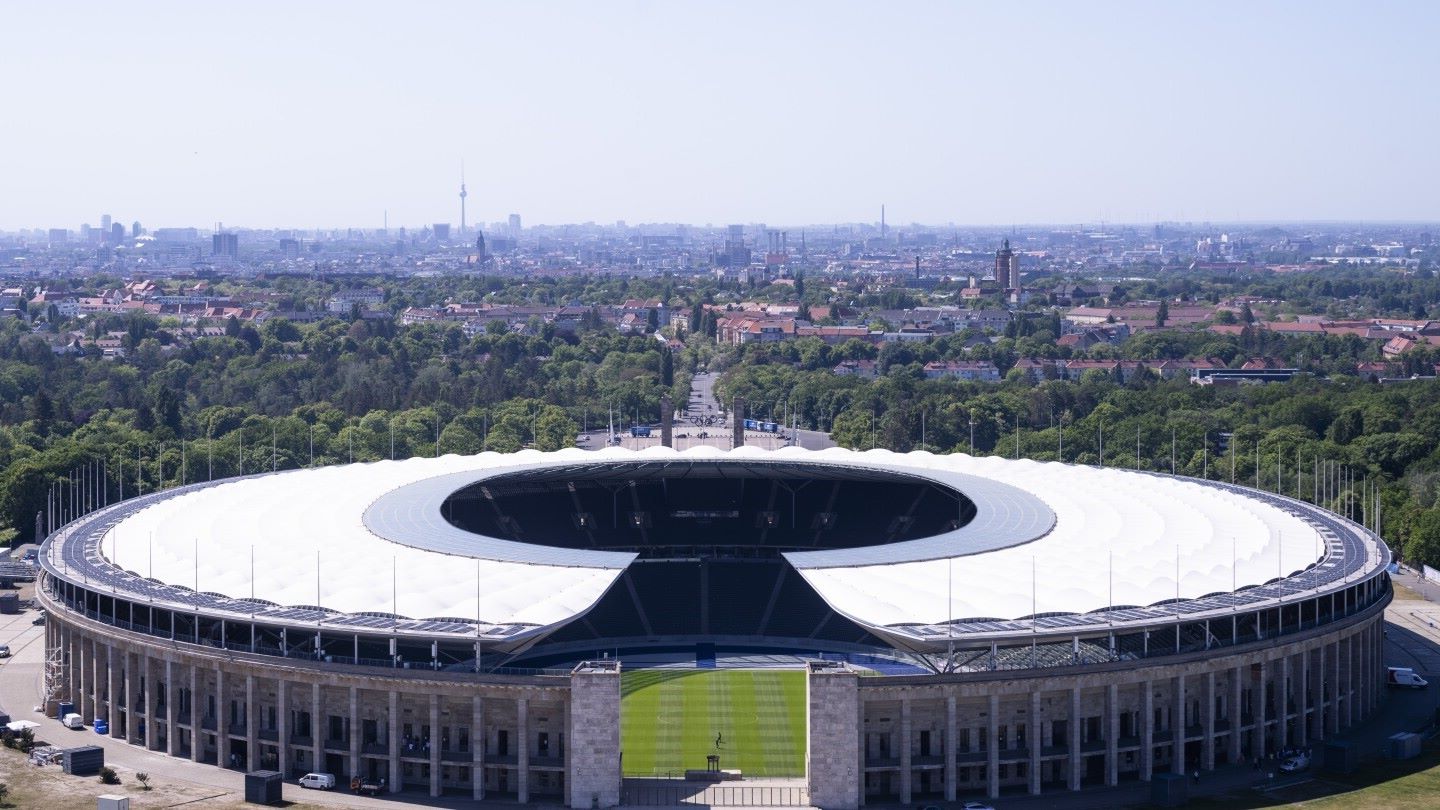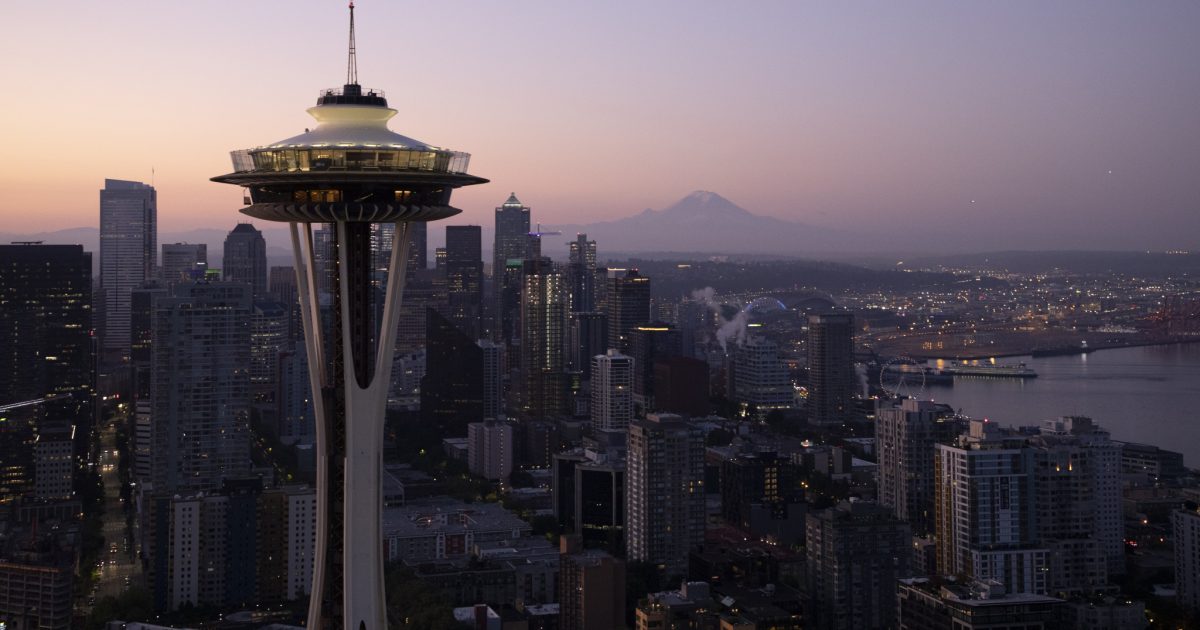
Canals have played a pivotal role in shaping the world's transportation landscape, offering a unique blend of historical significance and practical utility. From the majestic Grand Canal in China to the iconic Panama Canal, these waterways have facilitated trade, connected communities, and provided a glimpse into the engineering marvels of bygone eras. In this article, we'll embark on a fascinating journey to uncover 11 intriguing facts about canals, delving into their rich heritage, economic impact, and environmental importance. Whether you're a history enthusiast, an avid traveler, or simply curious about the world's waterborne arteries, these insights will captivate your imagination and deepen your appreciation for these timeless conduits of commerce and culture. So, let's set sail and explore the enchanting realm of canals, where the past converges with the present to create a tapestry of awe-inspiring tales and enduring legacies.
Key Takeaways:
- The Grand Canal of China is a 1,100-mile-long waterway connecting Beijing and Hangzhou, playing a vital role in transportation, trade, and cultural exchange for over 1,400 years.
- This ancient marvel, designated as a UNESCO World Heritage Site, continues to inspire art, literature, and cultural expressions while accommodating modern cargo vessels and tourist boats.
The Grand Canal of China is the longest artificial waterway in the world.
Stretching over 1,100 miles, the Grand Canal of China is an extraordinary engineering marvel that has stood the test of time. Built over 1,400 years ago, this ancient waterway continues to play a vital role in China's transportation and irrigation systems.
The Grand Canal connects Beijing and Hangzhou.
Linking the northern and southern regions of China, the Grand Canal serves as a vital artery for transportation and commerce, fostering economic development and cultural exchange along its route.
It was inscribed as a UNESCO World Heritage Site in 2014.
Recognized for its historical significance and enduring impact on Chinese civilization, the Grand Canal was designated as a UNESCO World Heritage Site, celebrating its rich cultural legacy and architectural ingenuity.
The construction of the Grand Canal began in the 5th century BC.
Initiated by King Fuchai of the Wu State during the Spring and Autumn Period, the ambitious project aimed to facilitate trade and enhance communication between the north and south of China.
The Grand Canal comprises both natural and artificial waterways.
Incorporating existing rivers and lakes with man-made channels and locks, the Grand Canal seamlessly integrates natural topography with human innovation, blending harmoniously with the surrounding landscape.
It played a pivotal role in the transportation of rice and silk.
As a key conduit for the transportation of essential commodities, the Grand Canal facilitated the movement of rice and silk, contributing to the economic prosperity and cultural exchange between the northern and southern regions of China.
Emperor Yang of the Sui Dynasty was instrumental in the canal's construction.
Emperor Yang of the Sui Dynasty envisioned the Grand Canal as a means to consolidate his empire and strengthen economic ties between different regions, leaving a lasting legacy in the annals of Chinese history.
The Grand Canal underwent significant expansion and renovation during the Yuan, Ming, and Qing dynasties.
Successive dynasties contributed to the enhancement and extension of the Grand Canal, further solidifying its role as a vital lifeline for trade, agriculture, and cultural exchange across China.
The canal features remarkable architectural structures, including ornate stone bridges and ancient water towns.
Adorned with picturesque stone bridges and surrounded by charming water towns, the Grand Canal exudes timeless beauty and cultural richness, attracting visitors from around the world to marvel at its enchanting landscapes.
The Grand Canal continues to be a bustling waterway, accommodating modern cargo vessels and tourist boats.
While preserving its historical significance, the Grand Canal remains a vibrant thoroughfare for modern transportation and tourism, seamlessly blending ancient heritage with contemporary vitality.
The Grand Canal has inspired numerous works of art, literature, and cultural expressions throughout history.
From classical paintings to poetic verses, the Grand Canal has served as a muse for artistic creations, capturing the imagination of countless individuals and perpetuating its enduring legacy in the realm of culture and creativity.
Conclusion
Canals have played a pivotal role in shaping the history of transportation and commerce, serving as vital arteries for the movement of goods and people. From their humble origins to their modern-day significance, canals have left an indelible mark on the world's infrastructure. As we marvel at their engineering feats and historical significance, it's clear that canals continue to be a source of fascination, offering a window into the past while remaining integral to global trade and transportation networks. Whether appreciated for their scenic beauty or valued for their economic impact, canals stand as enduring testaments to human ingenuity and the enduring power of interconnected waterways.
FAQs
Q: What are some famous canals around the world?
A: Some of the most famous canals include the Panama Canal, Suez Canal, and the Grand Canal in Venice. These waterways have played crucial roles in global trade and have become iconic symbols of human engineering prowess.
Q: How do canals impact the environment?
A: Canals can have both positive and negative environmental impacts. While they provide habitats for various species and contribute to water management, their construction and operation can also lead to habitat disruption and water pollution. It's important to carefully consider the environmental implications of canal projects.
Canals have played a crucial role in shaping global trade and transportation throughout history. From the longest artificial waterway, the Grand Canal of China, to other remarkable feats of engineering, these man-made channels continue to captivate our imaginations. Delving deeper into the world of canals, you can explore the Suez Canal's fascinating history, uncover extraordinary facts about the central canal of the spinal cord, or embark on a journey through the Panama Canal, the great transcontinental passage connecting the Atlantic and Pacific oceans. Each of these waterways holds its own unique stories and secrets waiting to be discovered.
Was this page helpful?
Our commitment to delivering trustworthy and engaging content is at the heart of what we do. Each fact on our site is contributed by real users like you, bringing a wealth of diverse insights and information. To ensure the highest standards of accuracy and reliability, our dedicated editors meticulously review each submission. This process guarantees that the facts we share are not only fascinating but also credible. Trust in our commitment to quality and authenticity as you explore and learn with us.


